This mini science activity is great for learning about properties of materials, particularly how waterproof they are. It can be messy but works well as an outdoor or bathtime activity.
The idea is to cover small soft toys in different materials to find out which have waterproof properties.
Equipment
- A container
- Water
- Small soft toys
- Materials to test, eg. foil, paper, food bag, fabric
- Sellotape
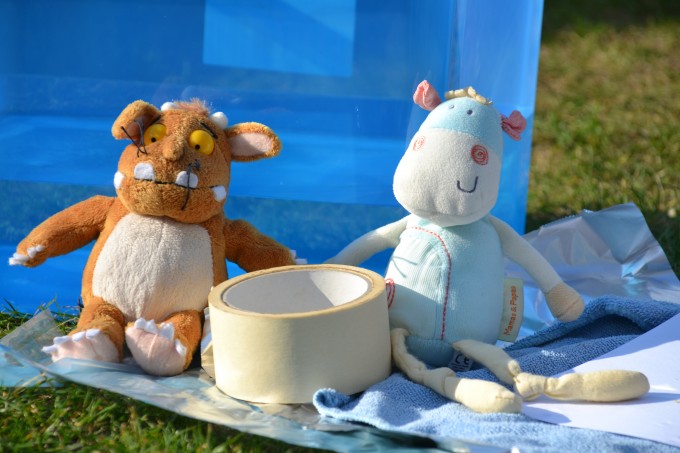
Method
Half-fill the container with water.
- Wrap a dry, soft toy in one of the test materials. Check for gaps where water can seep in.
- Carefully place the wrapped toy in the water for a few seconds.
- Remove the toy, and check to see if it is dry.
Variables
Things to keep constant.
Amount of time the test material is in the water.
Time the test material is in the water.
Amount of test material used.
Results
Assess whether the toy is wet by feeling it or weighing it before and after submerging it.
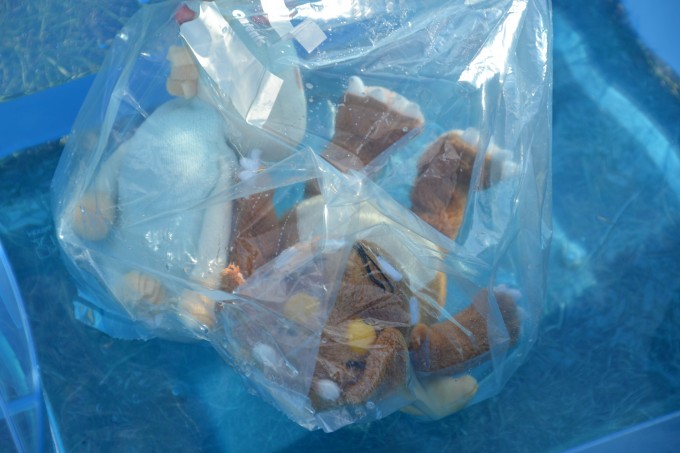
What is a material?
The word 'material' just means what an object is made from. Examples of materials are plastic, fabric, metal, wood, etc.
Different materials have different properties, which make them useful for different functions. For example, glass is used in windows because it is transparent; you can see through it.
Water cannot penetrate waterproof materials. We would expect the foil and plastic bag to be waterproof, as this is what makes them useful for wrapping food, keeping it dry and protecting it from smells. Raincoats often have a plastic coating because plastic is waterproof.
We would not expect the tea towel to be waterproof as tea towels are absorbent, which makes them great for drying dishes.
What are natural waterproof materials?
Rubber and wax are examples of natural waterproof coatings that are used to make materials waterproof. Leaves often have a waxy coating to protect the leaf and help it retain water.
Can you think of any more?
This activity is great for Key Stage 1 - Properties of Materials.
Similar activities
Can you waterproof a chicken? This activity uses a paper chicken covered in different test materials to find out which is the most waterproof.
Last Updated on October 18, 2023 by Emma Vanstone

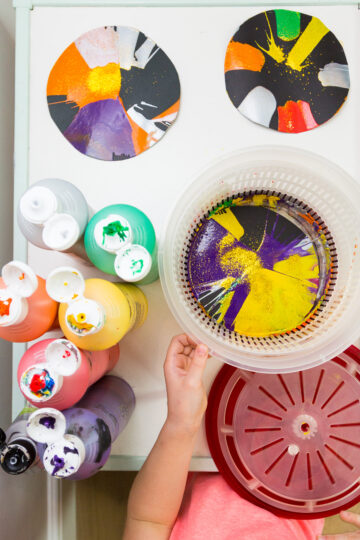
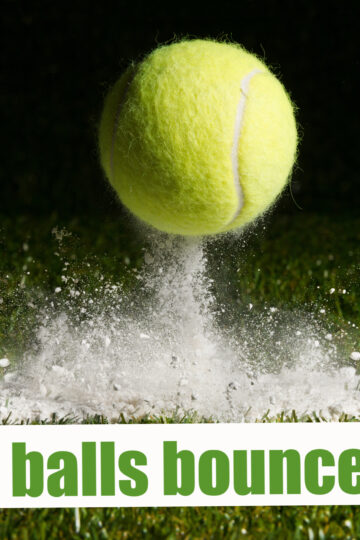
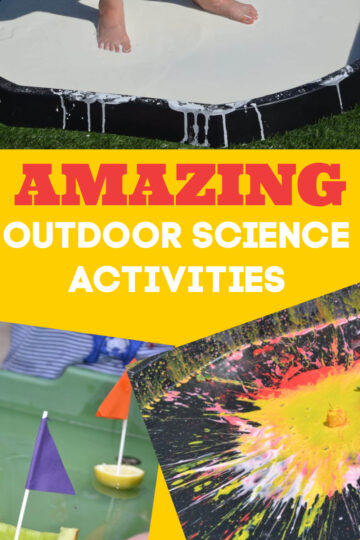
Natalie @AfterschoolForSmartyPants says
This is a fun idea!
Trisha @ Inspiration Laboratories says
This would be a perfect science activity for bath time.
Susanna says
Another lovely lesson from Science Sparks! x
ScienceSparks says
Thanks Susanna.
Cakesphotoslife (Angie) says
I wish you were around when my children were smaller, so simple but a great way to teach them x
ScienceSparks says
Awww, thank you. x
Boo Roo and Tigger Too says
A fun way to teach children about different waterproof materials
ScienceSparks says
Thanks Sarah 🙂
HPMcQ says
brilliant and simple way to show children how this works.
ScienceSparks says
Thank You. x
Pinkoddy says
My boys are really into this kind of thing and it will follow on nicely from our sink and float experiment - thank you for sharing.
becky says
Fab idea! so well explained too and kids do so love playing with water